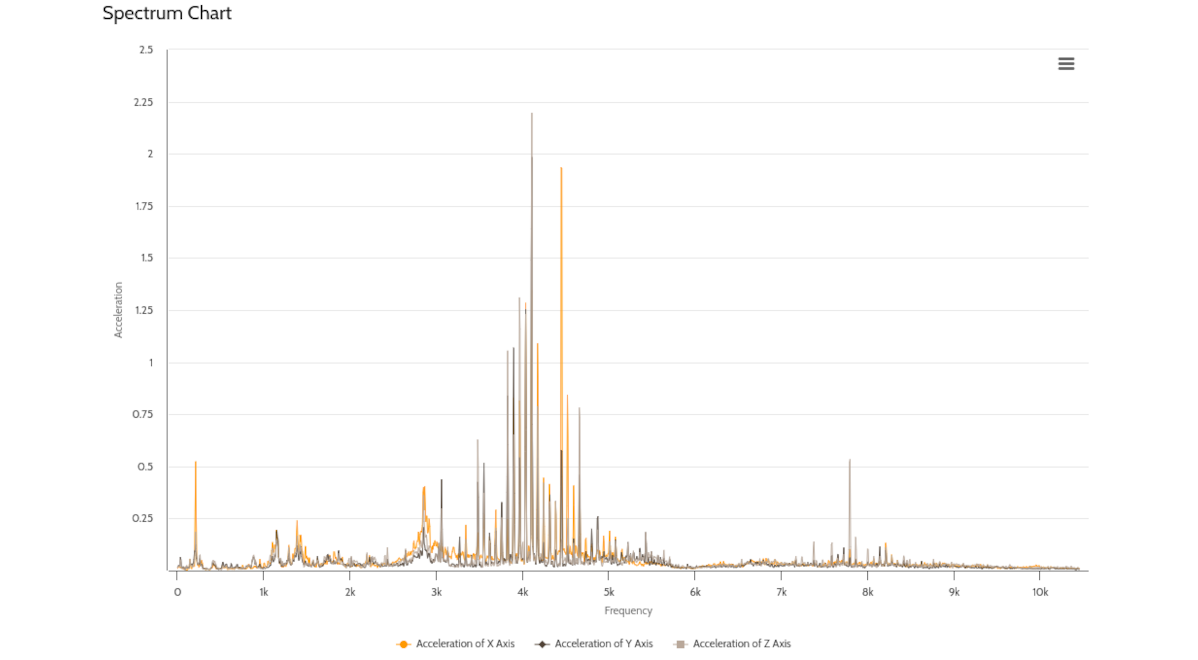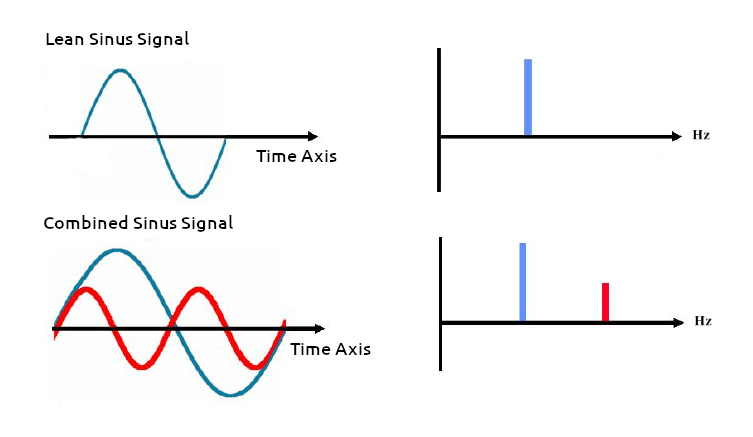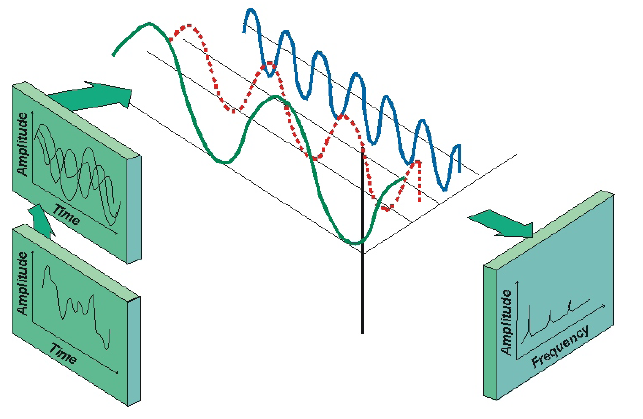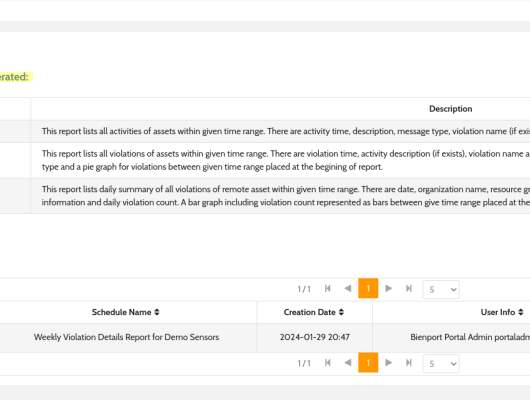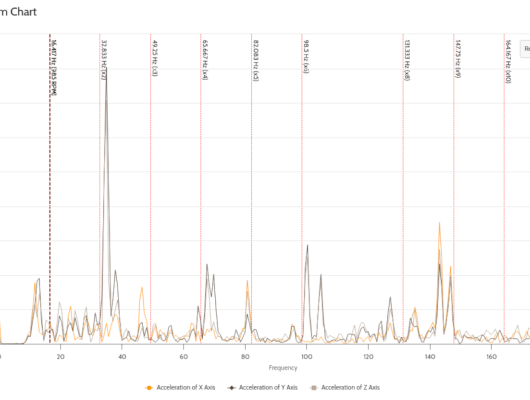In the realm of condition monitoring for rotating equipment, spectrum analysis emerges as a pivotal technique. It's not just a tool; it's a window into the unseen world of equipment vibration, offering insights that can preempt failures and optimize performance. But what exactly is spectrum analysis, and how does it serve such a critical role in industrial maintenance? Let's dive in.
Spectrum analysis, at its core, is a method used to break down a complex vibration signal into its constituent frequencies. This technique is akin to how a prism disperses light into a spectrum of colors. In mechanical terms, spectrum analysis takes the vibration signals collected by sensors on rotating equipment and decomposes them into a spectrum of various frequencies. Each frequency component can be linked to a specific type of mechanical movement or fault within the machinery.
Rotating equipment, such as motors, turbines, and pumps, are prone to various types of wear and tear. Spectrum analysis serves as a diagnostic tool, allowing engineers to identify issues like imbalance, misalignment, gear faults, and bearing failures. By analyzing the frequency spectrum of a machine's vibration, specialists can pinpoint the exact nature and location of a problem, often before it leads to a breakdown.
- Data Collection: It starts with sensors attached to the equipment, which capture vibration data. These sensors can range from basic accelerometers to more advanced laser or piezoelectric devices.
- Signal Processing: The raw data is then processed using a spectrum analyzer or specialized software. This process involves converting the time-based vibration signal into a frequency-based spectrum.
- Analysis and Interpretation: The resulting spectrum reveals various peaks at different frequencies, each representing a specific type of vibration within the equipment. Experts analyze these peaks to diagnose potential issues.
One of the critical steps in spectrum analysis under the 'Signal Processing' phase is the use of the Fast Fourier Transform (FFT). FFT is a mathematical algorithm that efficiently computes the Discrete Fourier Transform (DFT) and its inverse. This transformation is vital in converting time-domain signals, which are what sensors in rotating equipment typically record, into frequency-domain signals. The time-domain data, which often appears as complex, noisy signals, can be challenging to interpret directly. However, when processed through FFT, these signals are broken down into constituent sinusoidal waves at various frequencies. This transformation is essential because it allows for the identification and isolation of specific frequencies that correspond to particular mechanical issues or characteristics of the machinery.
The Importance of FFT in Spectrum Analysis: The significance of FFT in spectrum analysis cannot be overstated. In the context of condition monitoring, it allows for precise and efficient analysis of vibration data. By converting time-domain data into the frequency domain, FFT enables the detection of patterns and anomalies that are not apparent in the raw data. This capability is crucial for early fault detection in rotating equipment, where specific frequency peaks can indicate issues like imbalance, misalignment, bearing faults, or gear problems. Furthermore, FFT is highly efficient, making it suitable for real-time monitoring and analysis of large datasets, a common requirement in industrial applications. This efficiency is a game-changer, allowing maintenance teams to quickly interpret data and make informed decisions, thereby reducing downtime and prolonging equipment life.
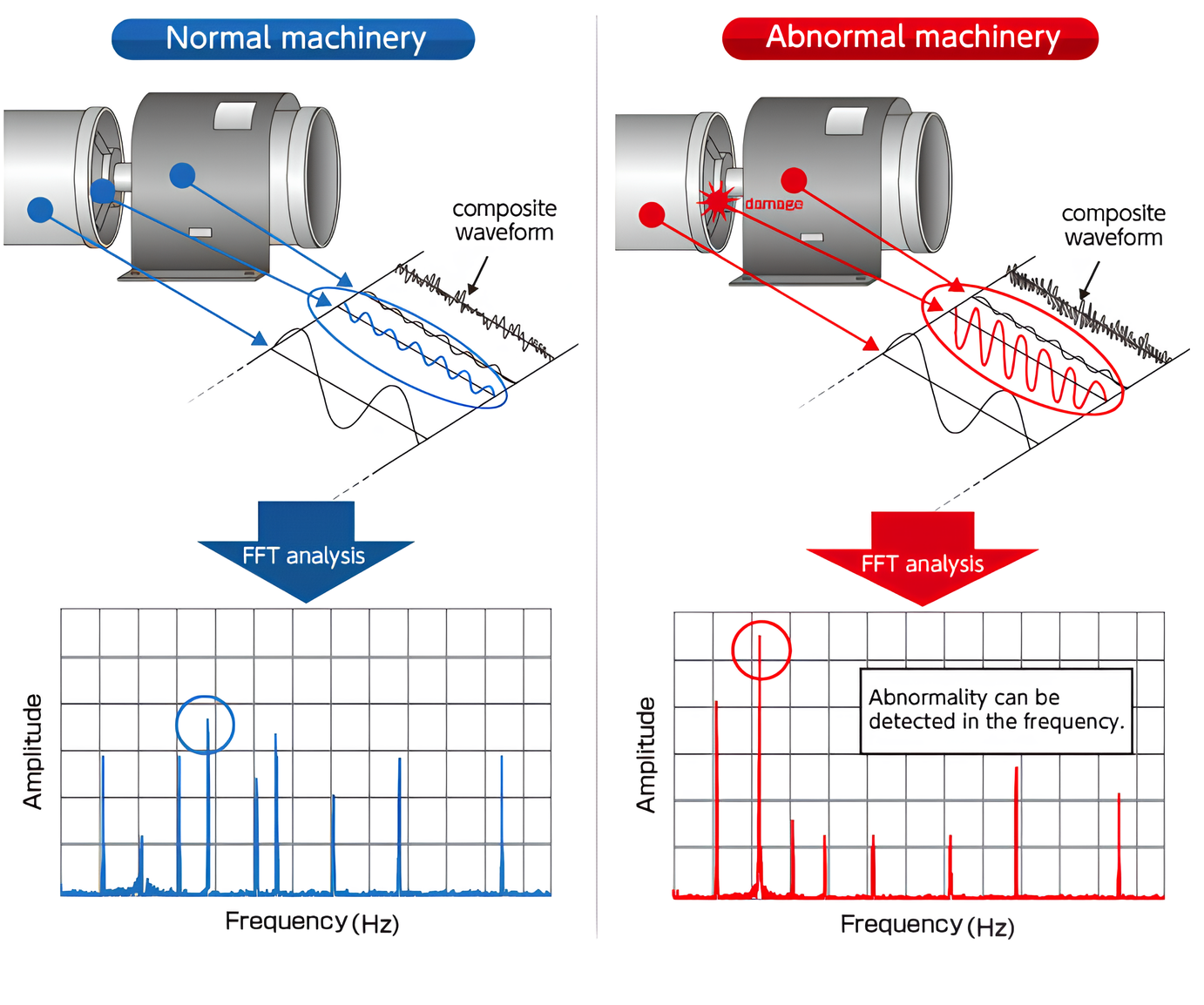
- Early Fault Detection: Identifies problems before they escalate into costly failures.
- Increased Equipment Lifespan: Regular monitoring and maintenance based on spectrum analysis can significantly extend the life of machinery.
- Optimized Performance: Helps in fine-tuning the operation of equipment for optimal efficiency and performance.
- Cost Savings: Prevents unexpected downtime and reduces the need for expensive repairs or replacements.

Spectrum analysis is more than a maintenance tool; it's a proactive strategy for ensuring the health and efficiency of rotating equipment. By understanding the intricacies of vibration patterns, this method provides a detailed and early warning system for potential issues. As technology advances, the role of spectrum analysis in condition monitoring is set to become even more integral, paving the way for smarter, more efficient industrial operations.
